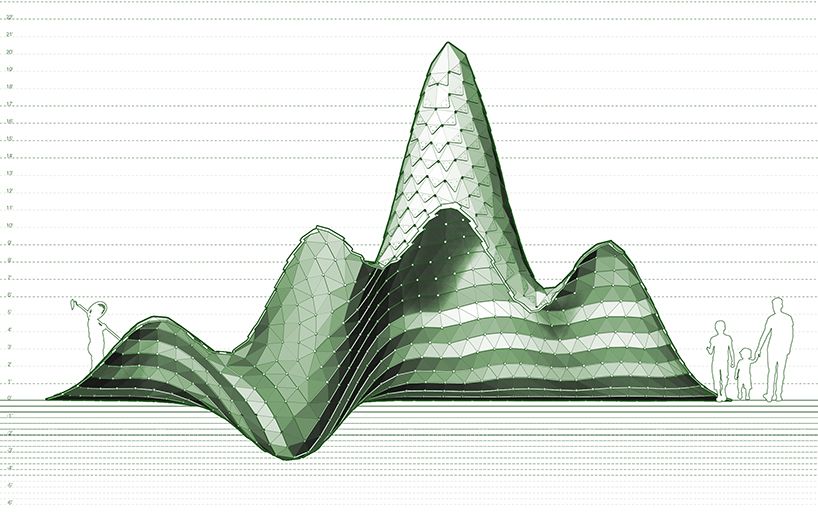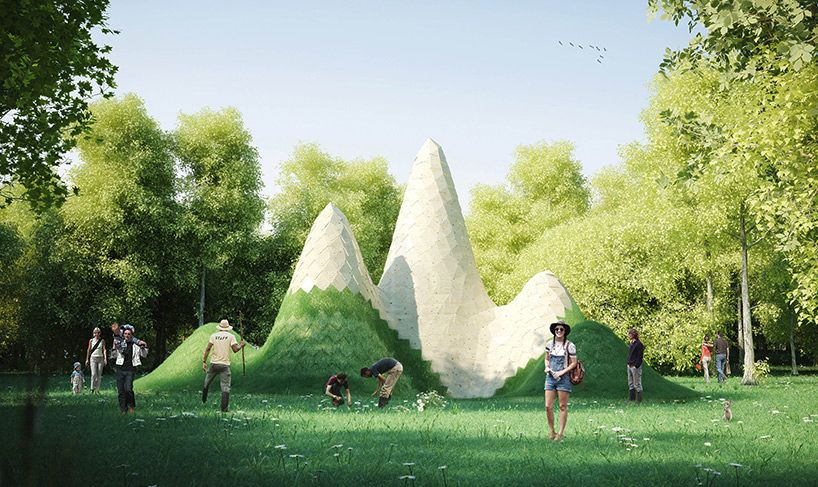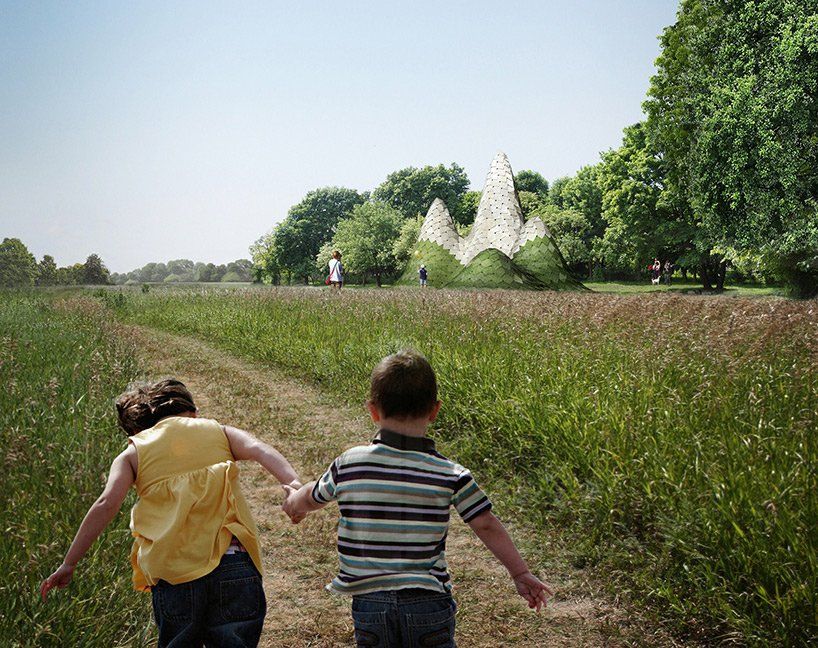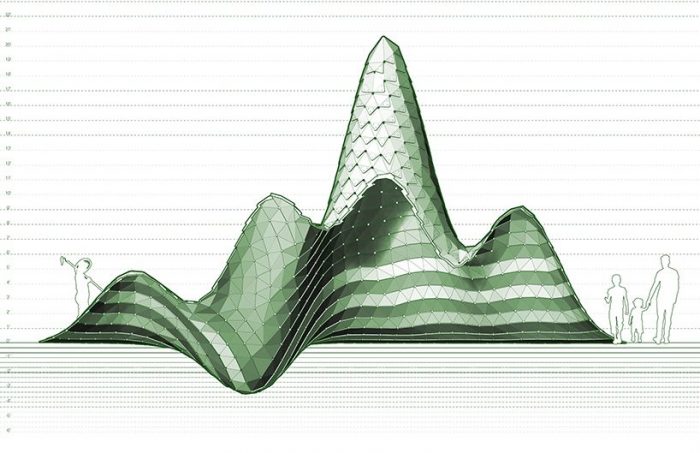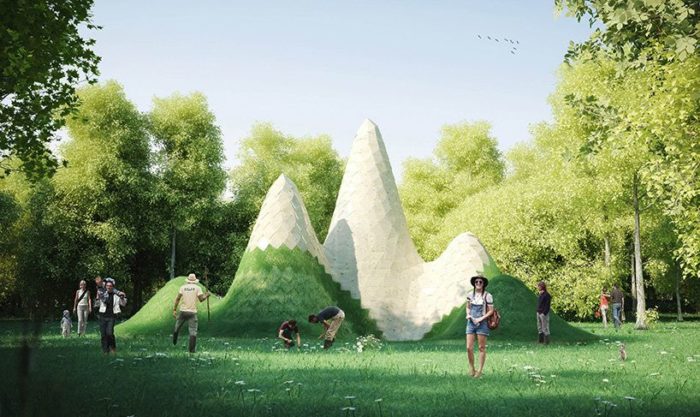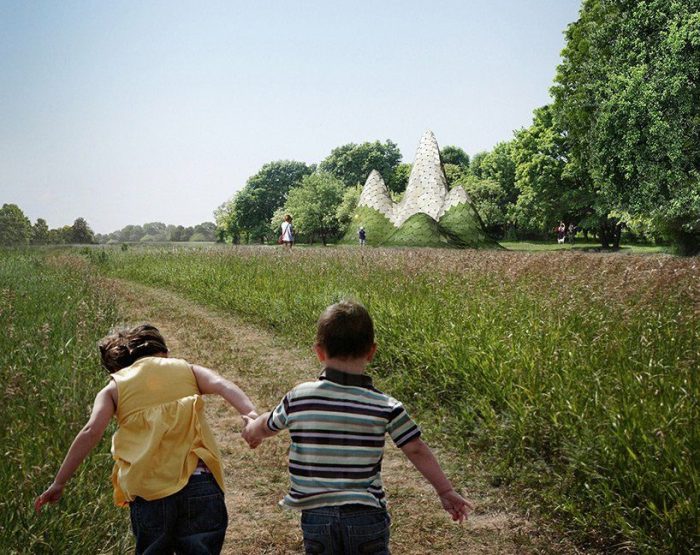Field Constructs Design
Field Constructs Design Competition (FCDC) has announced the 2015 Jury Selection Finalists. The appointed jury reviewed and evaluated all eligible submissions, resulting in the selection of 18 top-ranked proposals. The selection highlights a variety of approaches to today’s design innovation and represents a breadth of material, technical, and social design solutions for engaging the competition brief. The diverse qualifications of the project teams capture cutting-edge work of emerging professionals and creative practices across multiple disciplines.
Jurors noted an appreciation for the scale and ambition of the chosen proposals, the variety of material approaches, and the possibility for installations to marry a sense of discovery with surprise. FCDC attracted submissions from 4 continents, 9 countries, 14 states, and 35 cities. The finalist selection marks the conclusion of Phase One of the competition. The 2015 Jury Selection Finalists will be exhibited at The University of Texas at Austin in November 2015.
COMMPOST is an educational tool informing the public of the techniques and benefits of composting organic food waste. Guests of COMMPOST will be able to engage in the practice of composting and see the results of their efforts over the lifespan of the installation. Given its temporary site, COMMPOST is familiar in its iconicity yet playfully foreign. Computational design allows for the complex form to be catalogued and described with a minimal kit of parts. Components are nested for material ecology, with overage chipped and used as composting ingredients. Similar to an Ikea or Lego set, COMMPOST comes with a step-by-step assembly manual in addition to COMMPOST’s uncommon zero waste disassembly guide.
COMMPOST is COMMUNICATION: COMMPOST-PEAK’s free wifi hotspot invites patrons to access the installations history, learn composting methods, and actively participate. Infographics explain different COMMPOSTING procedures, processes, and rewards. Graphics explain to visitors where the COMMPOST pits as well as hay storage for layering are located. Using mobile phones to scan QR codes etched in the plywood panels, advocates may unlock peripheral weblinks and information including the competition brief, Ecology-Action, and numerous resources related to environmental advocacy. COMMPOSTERS are able to POST to their favorite social media platforms from all around the installation.
TEAM:
Daniel Gillen, Colby Suter, Philipp Ohnesorge, Gustav Fagerstrom
